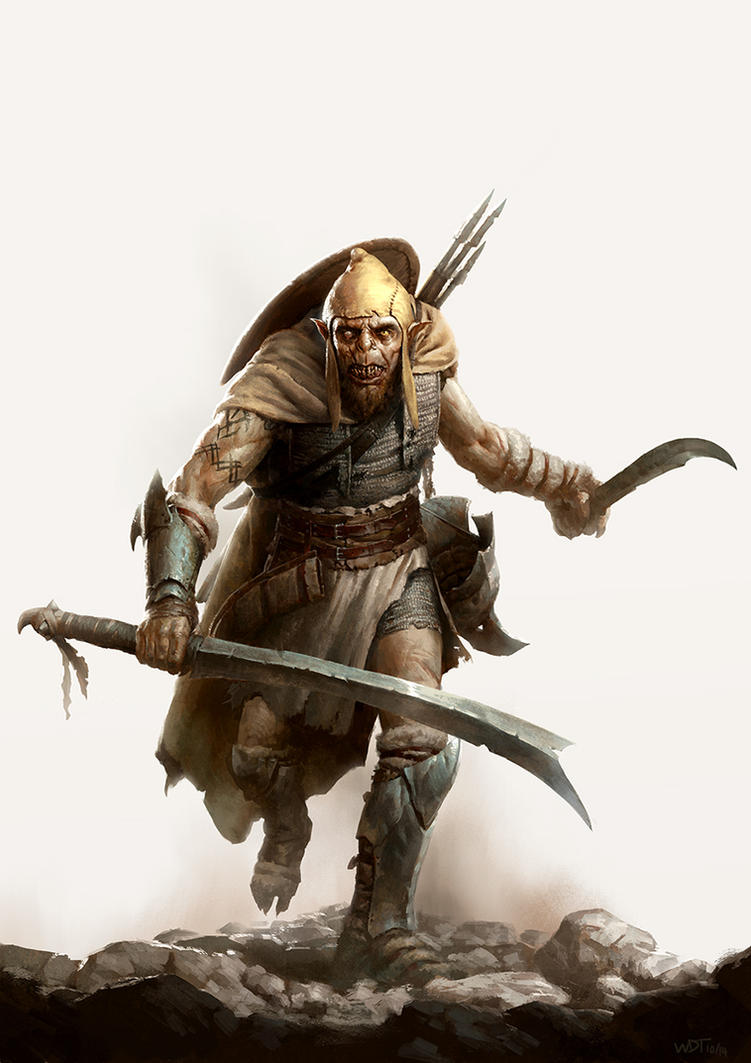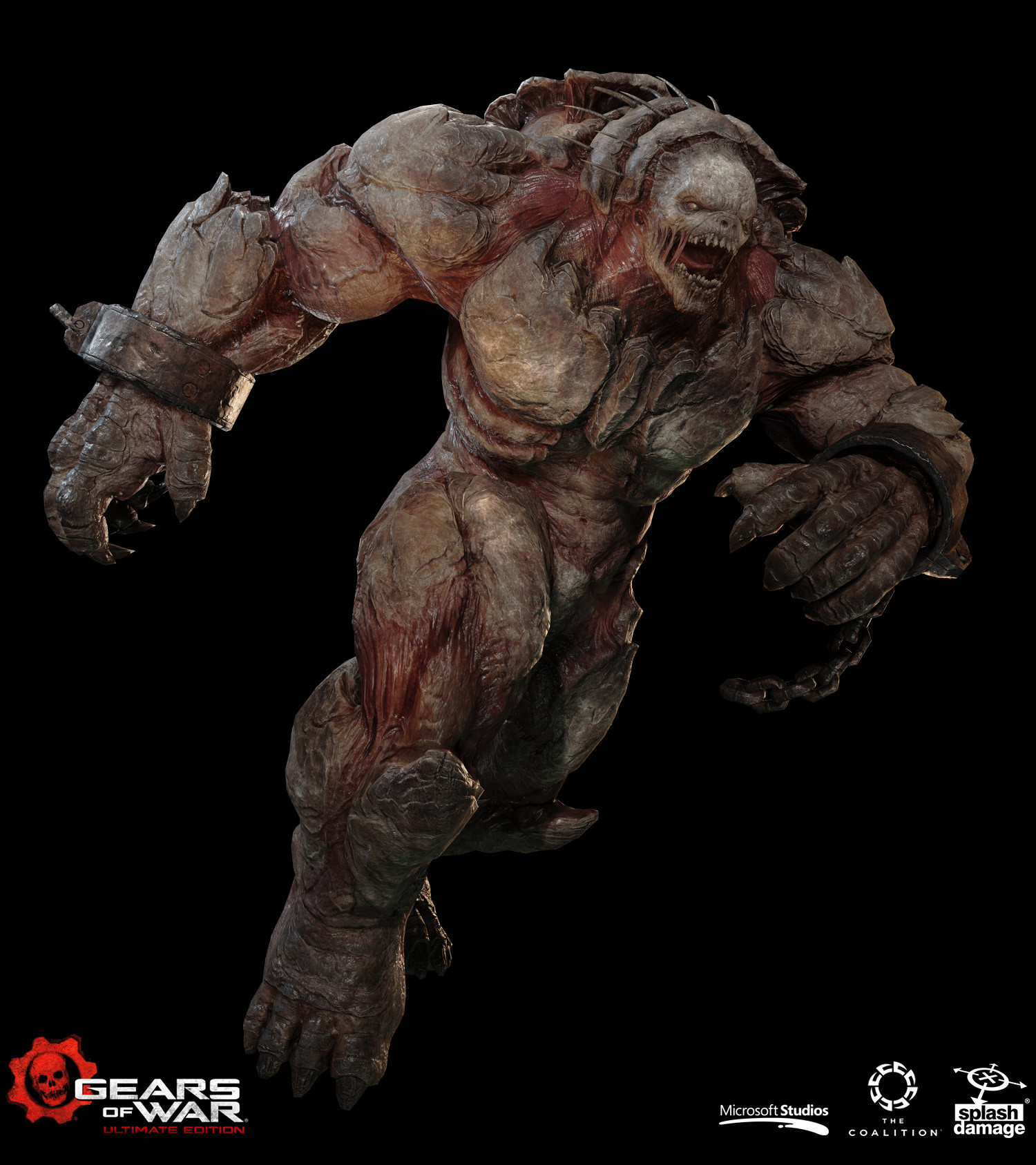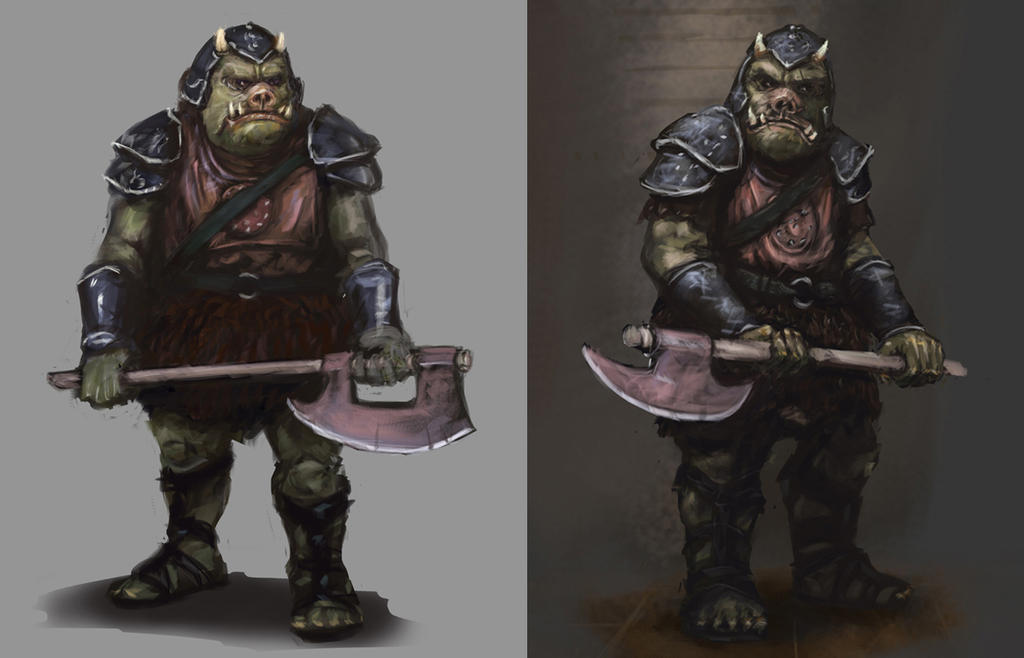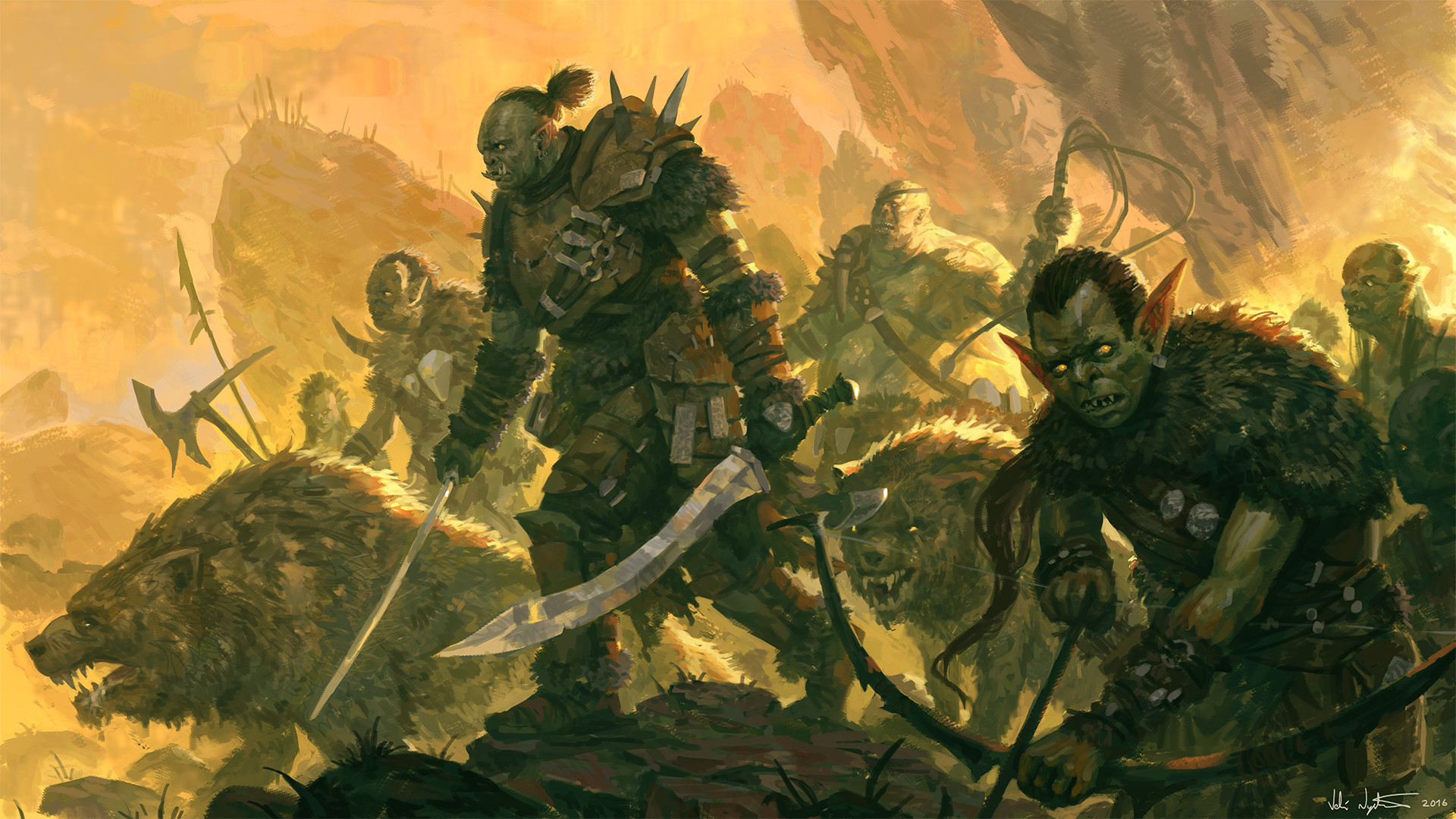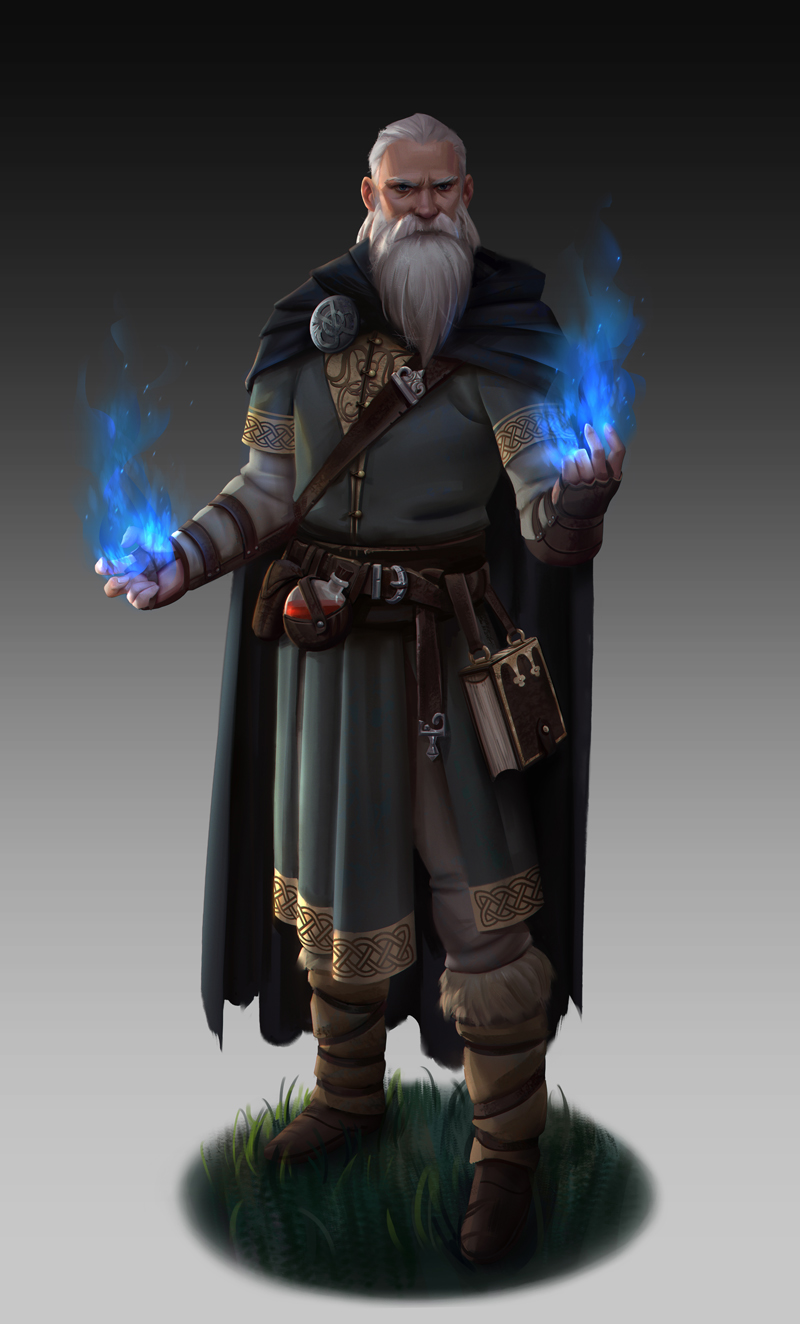Woo! Finally got a post up.
Sigma
 Member
Member
- Last Seen: 5 hrs ago
- Old Guild Username: Sigma
- Joined: 11 yrs ago
- Posts: 2552 (0.64 / day)
- VMs: 3
-
Username history
- Sigma 11 yrs ago
-
Latest 10 profile visitors:
-
Most recent →
 Lunamaria Hawke,
Lunamaria Hawke,
 Snowdrops,
Snowdrops,
 MrSkimobile,
MrSkimobile,
 Hos,
Hos,
 Ozymandias,
Ozymandias,
 LimeTime966,
LimeTime966,
 BigPapaBelial,
BigPapaBelial,
 LadyAmber,
LadyAmber,
 Chronic,
Chronic,
 Liotrent
Liotrent
Status
User has no status, yet
Bio
User has no bio, yet
Most Recent Posts
Eastern Tarkima
Clan Ardir Territory
A small herd of deer, no more then a dozen, were found serenely grazing the snow-blanketed forests of Eastern Tarkima, despite being a land rife with violence and inter-clan warfare. Even the frozen North holds a sense of beauty in its environment, not too far from the grazing deer was a small hunting group, a group of four men slowly making their advance towards the herd, bows in hand and ready to strike. At the lead of the four men was none other then Firgus Holen, Chieftain of the Ardir Clan. Flanking him was his right-hand man, Olaf Tarin, a long time friend and brother of the Chieftain, along the two were two members of Firgus' elite guard. Firgus raised his hand as the herd was within sight. "Alright lads, bows ready." He whispered, pulling out an arrow and readying his bow, his party doing the same as they all took for their respective targets. Firgus begun to tremble as he took him, something Olaf had taken notice of. "Losing your nerve already friend?" Olaf quipped.
Ha! Just you watch!" He laughed as he let go of his arrow, the others soon following, within moments four deer had dropped to the ground, the rest scattering out into the forest, blood staining the snow. Firgus had a satisfied look on his face as he and the others approached their kills. "Come on friend, what troubles your mind?"
Firgus let out a big sigh as he bent down and hauled up the large deer onto his shoulder. "It's Elina."
"Ahhhh, I see." Olaf replied, pausing a moment to lift up his own deer. "Firgus, she's a fine and strong young woman now. She can look after herself, and she won't be alone."
"I know that." He sighed once more. "It nonetheless chills my nerves...she hasn't been far out of my sight since she first stood on her two legs. Ever since her mother passed on." Soon the four begun their return trip to the carts, followed by their trip back home. "She's soon to be married." Olaf said. "And the boy to ask her hand has been pretty damn persistent in pleasing you, I think your Elina is in good hands."
"Perhaps...the boy did punch out a godsdamn grizzly..."
"And even brought you the hide!"
"....You could be right, brother. Still I can't help but wor-" Firgus was abruptly interrupted as a loud beastly roar was heard, from the trees came bursting tall white-furred beast, a pair of horns protruding from it's skull. "YETI!" one of the guards cried out, pulling out his sword, dropping the deer carcass, and charging forth at the beast. His sword managing to pierce through the beast's hide, crying out in pain, the enraged Yeti swung it's arm towards the guard, flying him towards a tree. The others had followed, and pulling their swords, letting out a war cry and charged, encircling and swinging their swords at the beast. But the Yeti would not relent, and grabbed a hold on the other guard, tossing him towards a broken tree, the poor young man impaled by a particularity sharp edge of the damaged tree. In that small moment, Olaf swung his blade, but his timing was off, and had missed the Yeti by a hair. He stumbled and maintained his pose, turning to face the beast, a thought clicked in his head. "Wait..what the hell am I doing?!?" He cursed to himself as he toss the blade aside, and clasped his hands together, and begun praying. In the chaos of the fight, poor Olaf had forgotten the fact that he was a Mage, a member of the Ursya Priesthood to be exact. He hands split apart as blue flames begun to materialize, in that instant he caste his flame magic upon the beast, the flames burning the flesh off it's arm, it had fallen down on its kneels from the sheer pain. "Now Firgus!" he shouted.
Without hesitation, frigus made one last charge towards the yeti, slicing off it's charred arm, followed by piercing through it's chest, straight into its heart, in mere seconds the Yeti had gone limp, life leaving its eyes, Firgus rose one leg up and pushed the beast back to liberate his blade.
All was no quiet and calm for a moment, firgus breathing in and out in rapid succession, the thrill of the fight just exiting his system. All the sudden, both Firgus and Olaf had a fit of laughter. "Still has spiry as ever!" Firgus cried out. The laughter unfortunately was cut short as he, olaf and the wounded guard took notice of their dying comrade, a few minute pass as they worked to free him from the tree, and place him on the ground. "Oh Gods..." the first guard muttered as he saw his brother-in-arms in his last moments, a gaping hole in his chest. He turned to Olaf with a desperate facial expression. "You must do someone! Can your magic not reverse this?!" Olaf sadly shook his head, "My boy, this is beyond my healing magic...I'm afraid we can not do much for the poor lad..."
In a but a small moment of life, the dying guard struggled to utter a word. "I...serve.." he continued to struggle.
"No need to say a thing, guardsmen." Firgus said kindly, grasping his hand. "You've done your chieftain, your clan and your family proud, know this as you come to the loving embrace of Ursya."
The guardsmen made one last smile begin he had finally passed on. More time had passed as the three worked to give the warrior a proper burial worthy of a Tarkiman, a large pile of stones cover his body, his blade piercing the ground in front of the pile. The once again had a moment of silence as they resumed their journey to the carts and onward to home.
Clan Ardir Territory
A small herd of deer, no more then a dozen, were found serenely grazing the snow-blanketed forests of Eastern Tarkima, despite being a land rife with violence and inter-clan warfare. Even the frozen North holds a sense of beauty in its environment, not too far from the grazing deer was a small hunting group, a group of four men slowly making their advance towards the herd, bows in hand and ready to strike. At the lead of the four men was none other then Firgus Holen, Chieftain of the Ardir Clan. Flanking him was his right-hand man, Olaf Tarin, a long time friend and brother of the Chieftain, along the two were two members of Firgus' elite guard. Firgus raised his hand as the herd was within sight. "Alright lads, bows ready." He whispered, pulling out an arrow and readying his bow, his party doing the same as they all took for their respective targets. Firgus begun to tremble as he took him, something Olaf had taken notice of. "Losing your nerve already friend?" Olaf quipped.
Ha! Just you watch!" He laughed as he let go of his arrow, the others soon following, within moments four deer had dropped to the ground, the rest scattering out into the forest, blood staining the snow. Firgus had a satisfied look on his face as he and the others approached their kills. "Come on friend, what troubles your mind?"
Firgus let out a big sigh as he bent down and hauled up the large deer onto his shoulder. "It's Elina."
"Ahhhh, I see." Olaf replied, pausing a moment to lift up his own deer. "Firgus, she's a fine and strong young woman now. She can look after herself, and she won't be alone."
"I know that." He sighed once more. "It nonetheless chills my nerves...she hasn't been far out of my sight since she first stood on her two legs. Ever since her mother passed on." Soon the four begun their return trip to the carts, followed by their trip back home. "She's soon to be married." Olaf said. "And the boy to ask her hand has been pretty damn persistent in pleasing you, I think your Elina is in good hands."
"Perhaps...the boy did punch out a godsdamn grizzly..."
"And even brought you the hide!"
"....You could be right, brother. Still I can't help but wor-" Firgus was abruptly interrupted as a loud beastly roar was heard, from the trees came bursting tall white-furred beast, a pair of horns protruding from it's skull. "YETI!" one of the guards cried out, pulling out his sword, dropping the deer carcass, and charging forth at the beast. His sword managing to pierce through the beast's hide, crying out in pain, the enraged Yeti swung it's arm towards the guard, flying him towards a tree. The others had followed, and pulling their swords, letting out a war cry and charged, encircling and swinging their swords at the beast. But the Yeti would not relent, and grabbed a hold on the other guard, tossing him towards a broken tree, the poor young man impaled by a particularity sharp edge of the damaged tree. In that small moment, Olaf swung his blade, but his timing was off, and had missed the Yeti by a hair. He stumbled and maintained his pose, turning to face the beast, a thought clicked in his head. "Wait..what the hell am I doing?!?" He cursed to himself as he toss the blade aside, and clasped his hands together, and begun praying. In the chaos of the fight, poor Olaf had forgotten the fact that he was a Mage, a member of the Ursya Priesthood to be exact. He hands split apart as blue flames begun to materialize, in that instant he caste his flame magic upon the beast, the flames burning the flesh off it's arm, it had fallen down on its kneels from the sheer pain. "Now Firgus!" he shouted.
Without hesitation, frigus made one last charge towards the yeti, slicing off it's charred arm, followed by piercing through it's chest, straight into its heart, in mere seconds the Yeti had gone limp, life leaving its eyes, Firgus rose one leg up and pushed the beast back to liberate his blade.
All was no quiet and calm for a moment, firgus breathing in and out in rapid succession, the thrill of the fight just exiting his system. All the sudden, both Firgus and Olaf had a fit of laughter. "Still has spiry as ever!" Firgus cried out. The laughter unfortunately was cut short as he, olaf and the wounded guard took notice of their dying comrade, a few minute pass as they worked to free him from the tree, and place him on the ground. "Oh Gods..." the first guard muttered as he saw his brother-in-arms in his last moments, a gaping hole in his chest. He turned to Olaf with a desperate facial expression. "You must do someone! Can your magic not reverse this?!" Olaf sadly shook his head, "My boy, this is beyond my healing magic...I'm afraid we can not do much for the poor lad..."
In a but a small moment of life, the dying guard struggled to utter a word. "I...serve.." he continued to struggle.
"No need to say a thing, guardsmen." Firgus said kindly, grasping his hand. "You've done your chieftain, your clan and your family proud, know this as you come to the loving embrace of Ursya."
The guardsmen made one last smile begin he had finally passed on. More time had passed as the three worked to give the warrior a proper burial worthy of a Tarkiman, a large pile of stones cover his body, his blade piercing the ground in front of the pile. The once again had a moment of silence as they resumed their journey to the carts and onward to home.
@Ekreture A nomadic horde could be interesting.
As for the island up north, that for now has been claimed by @Catchphrase
As for the island up north, that for now has been claimed by @Catchphrase
@Ekreture Sadly most of the land has been taken, however, you got the option of playing as a vassal state within a select group of nations :)
@Catchphrase Correct and it's yours in that case.
@Bright_Ops We still have some room left, if a bit small. The Island way up north is freed up, it's just hasn't been updated yet. If you wish to remain, you can take that spot and leave the old spot open for @Catchphrase and possibly @POOHEAD189 if he changes his mind.
Edit: Nevermind :P
Edit: Nevermind :P
@Bright_Ops After some consideration, I'm afraid that at the time being, the sheet can not be accepted, your claim had already been taken by @Catchphrase and @POOHEAD189, who also were in the middle of negotiations on how to divide the land and were also approved by the GM, it wouldn't exactly be fair for them, sorry.
@Catchphrase@POOHEAD189 Just to remind you guys to wait on spleen until we can figure something out.
© 2007-2024





